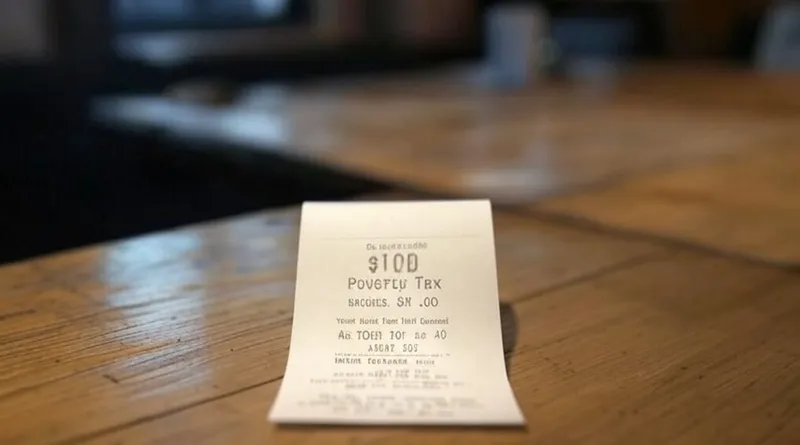
There’s a saying, “I’m too poor to buy cheap things.” A more academic form is the “boots theory,” or Sam Vimes’s theory of socioeconomic unfairness. This theory states that people in poverty are constrained to buy cheap and subpar products that need replacing repeatedly, which prove more expensive in the long run than more expensive items.
Although the boots example is visual and easy to understand, other unseen such taxes are way more impactful in your finances.
The biggest one is debt interest.
If a wealthy person buys a home without debt, he essentially buys it at under half price compared to someone going into debt to do so. Over 30 years, with a 6.72% interest rate (the average for 2024 in the US), for every $100k financed, the fully paid back amount is $233k, resulting in $133k interest paid.
Buying a home without debt might be unavoidable, but other situations are not. Credit card interest rates are between 25% and 30%, and payday loans are even more predatory. These financial instruments penalize you for not having the money to buy what you want or need. The solution is to be financially disciplined, refrain from buying the things you can live without, and build an emergency fund you can tap into instead of being forced to use high-interest-rate financing.
Buying low-quality household appliances carries another hidden tax as they have a shorter lifespan, consume more energy, and perform their primary function poorly compared to higher-quality alternatives. The solution here is to find a good balance between price and quality.
Also related to homes, not being able to afford the upfront costs of installing solar panels, a heat pump, or good insulation results in higher monthly energy bills. We recommend doing the math on these investments and looking for financing options to recoup the entire investment in a 5-10-year window.
Fast fashion is a business model where low-cost and low-quality brands replicate recent catwalk trends and high-fashion designs and mass-produce them. Recently, this trend has gone even more extreme in the low-price and low-quality direction. The problem with these products is their extremely low quality, which oftentimes results in just a handful of uses. So, as a result, consumers buy a $50 quality shirt they can wear 100 times, and you buy a $10 cheap product you wear 5 times. The environmental impact resulting from the waste is also significant. The solution is to go for above-average quality and price to get considerable use out of the products.
Another example is not affording to replace a high-mileage old car with a newer, low-mileage model. A 15-year-old vehicle might require some service every few months, constantly chipping away at your emergency fund. Consider saving enough so that every few years, you can replace your aging vehicle with a newer one. The good news is that cars are increasingly reliable, especially EVs, which are incredibly low-maintenance, so this will become less of a problem.
In conclusion, cheap options are often more expensive in the long run. Do the math and find the optimal balance between price and quality to maximize your return.